RARE! 1959 AIR TRAFFIC CONTROL CHART (United Kingdom, English Channel, & FRANCE)*


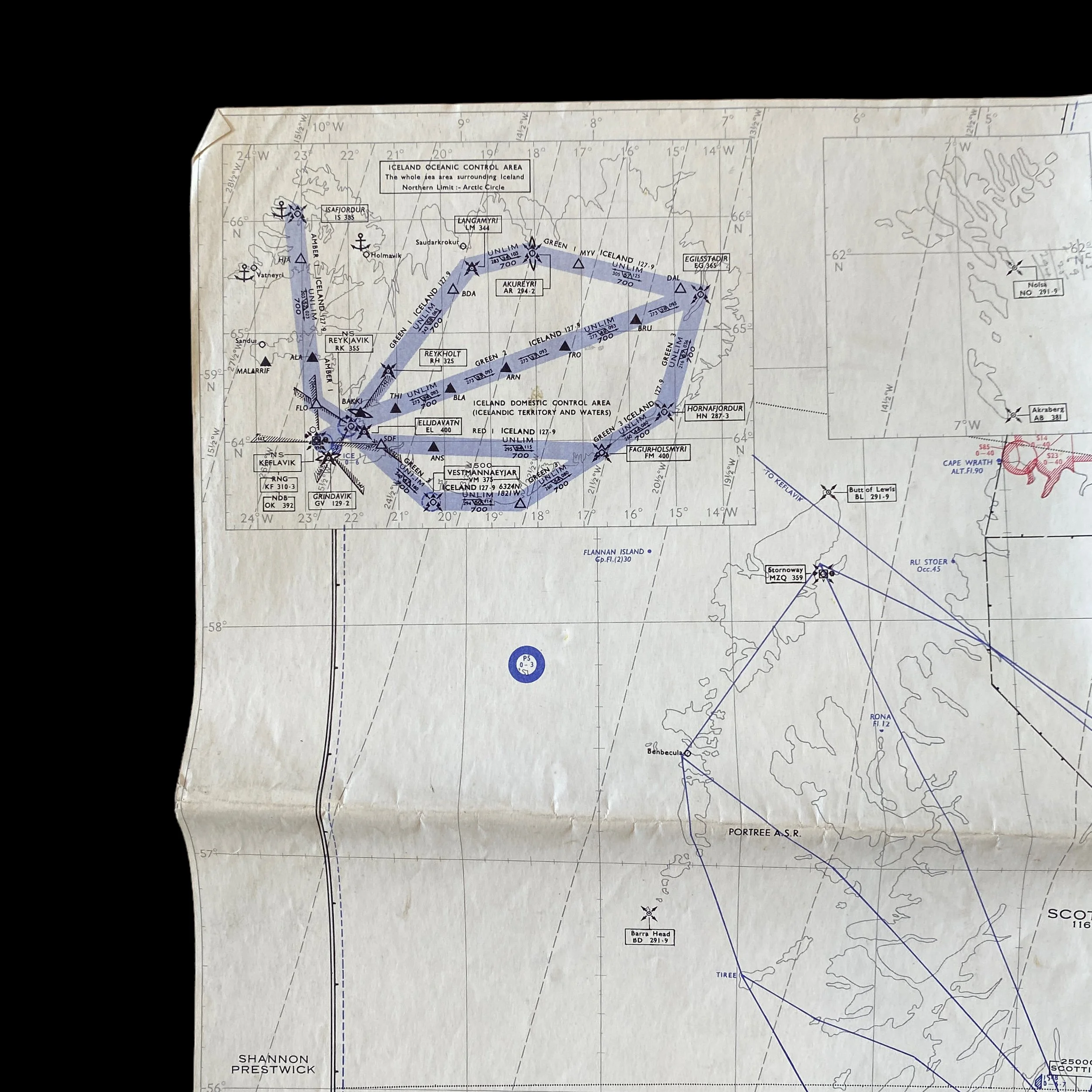

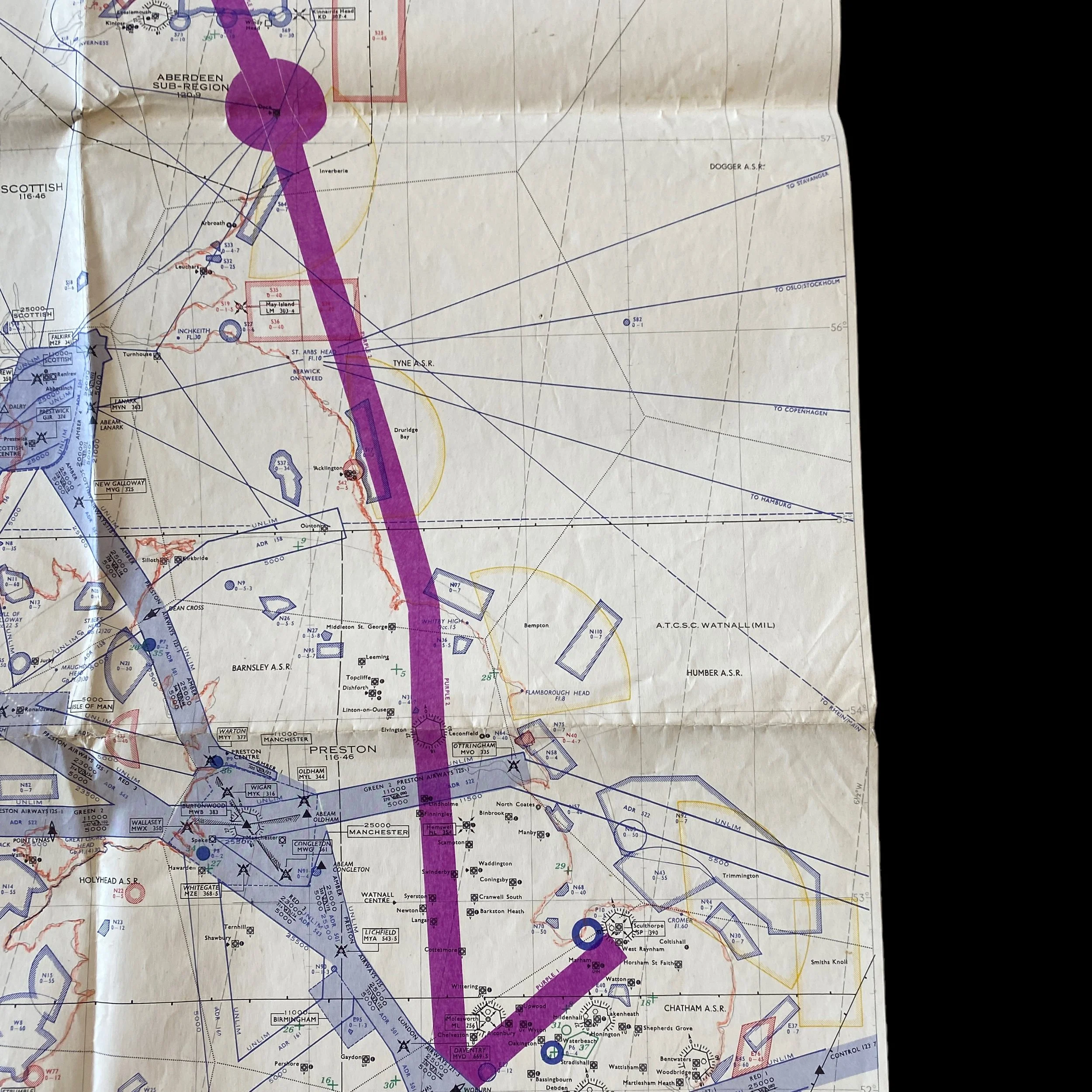

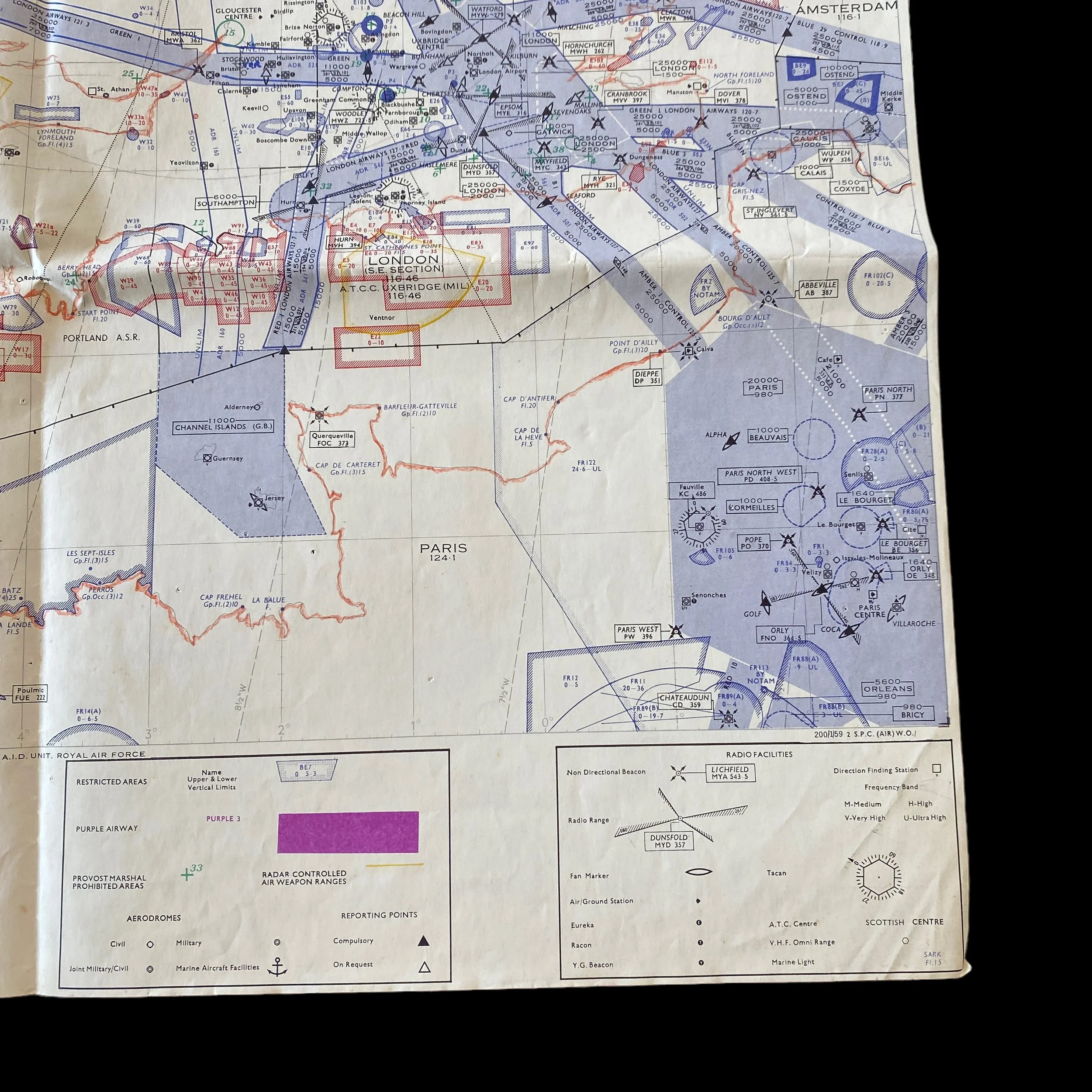
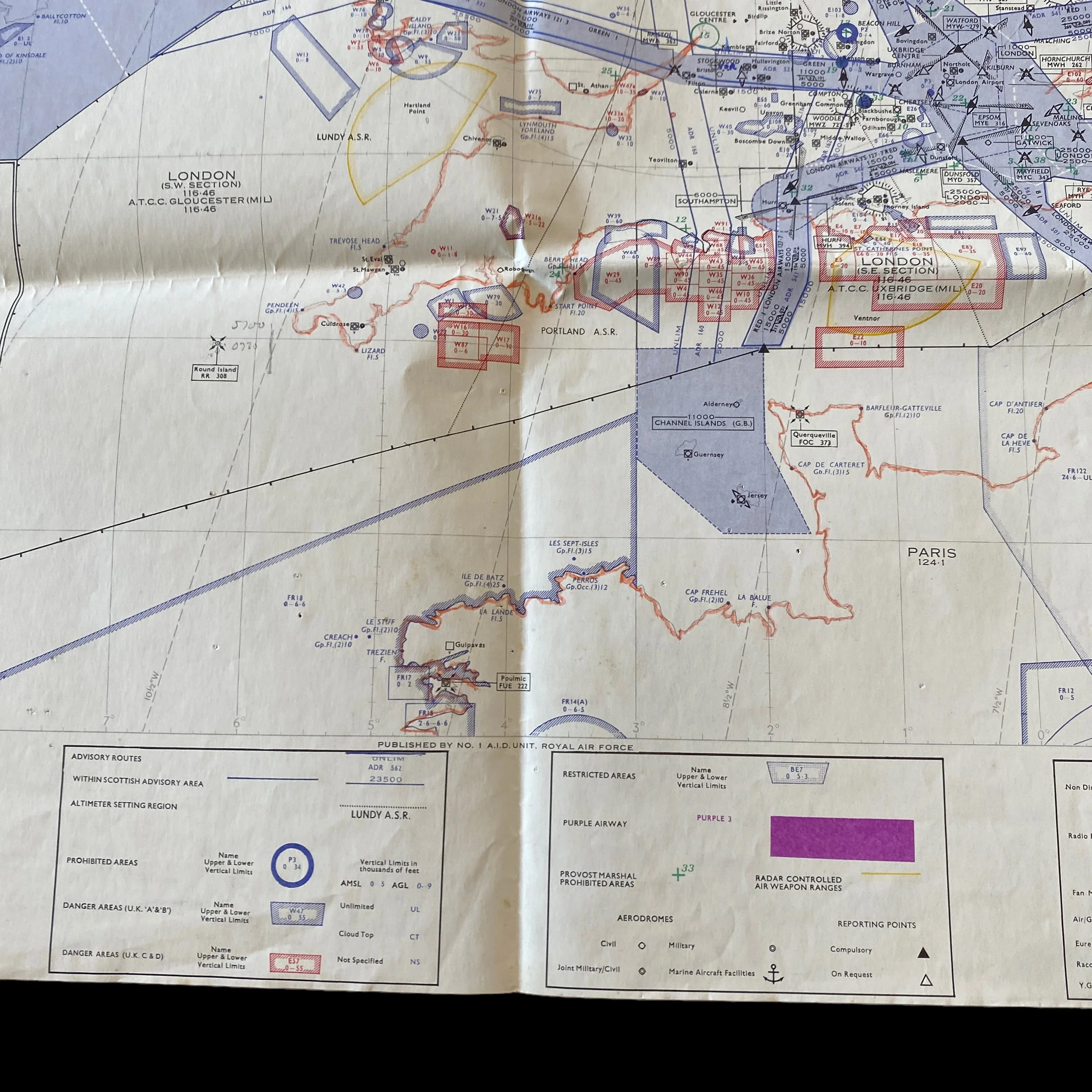


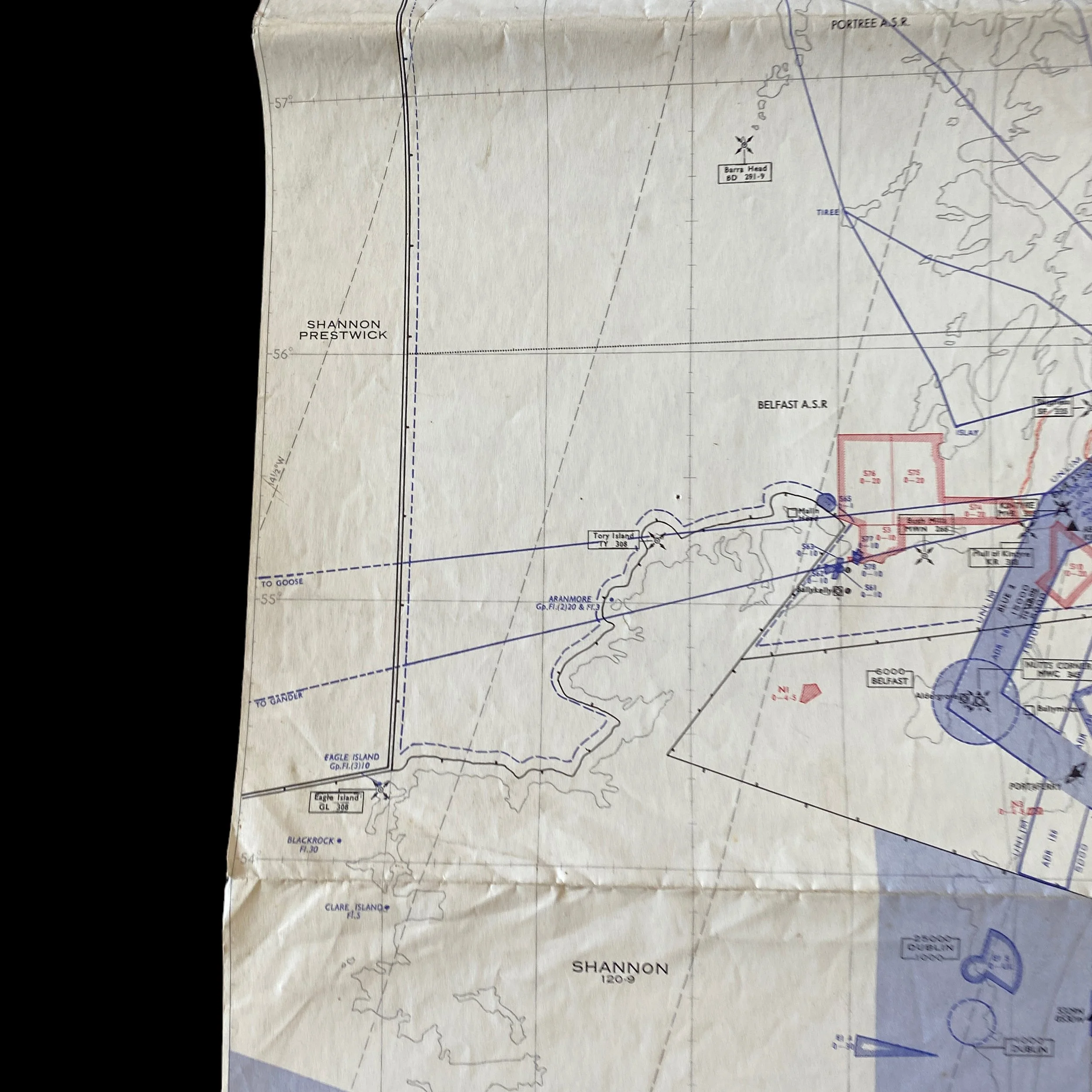

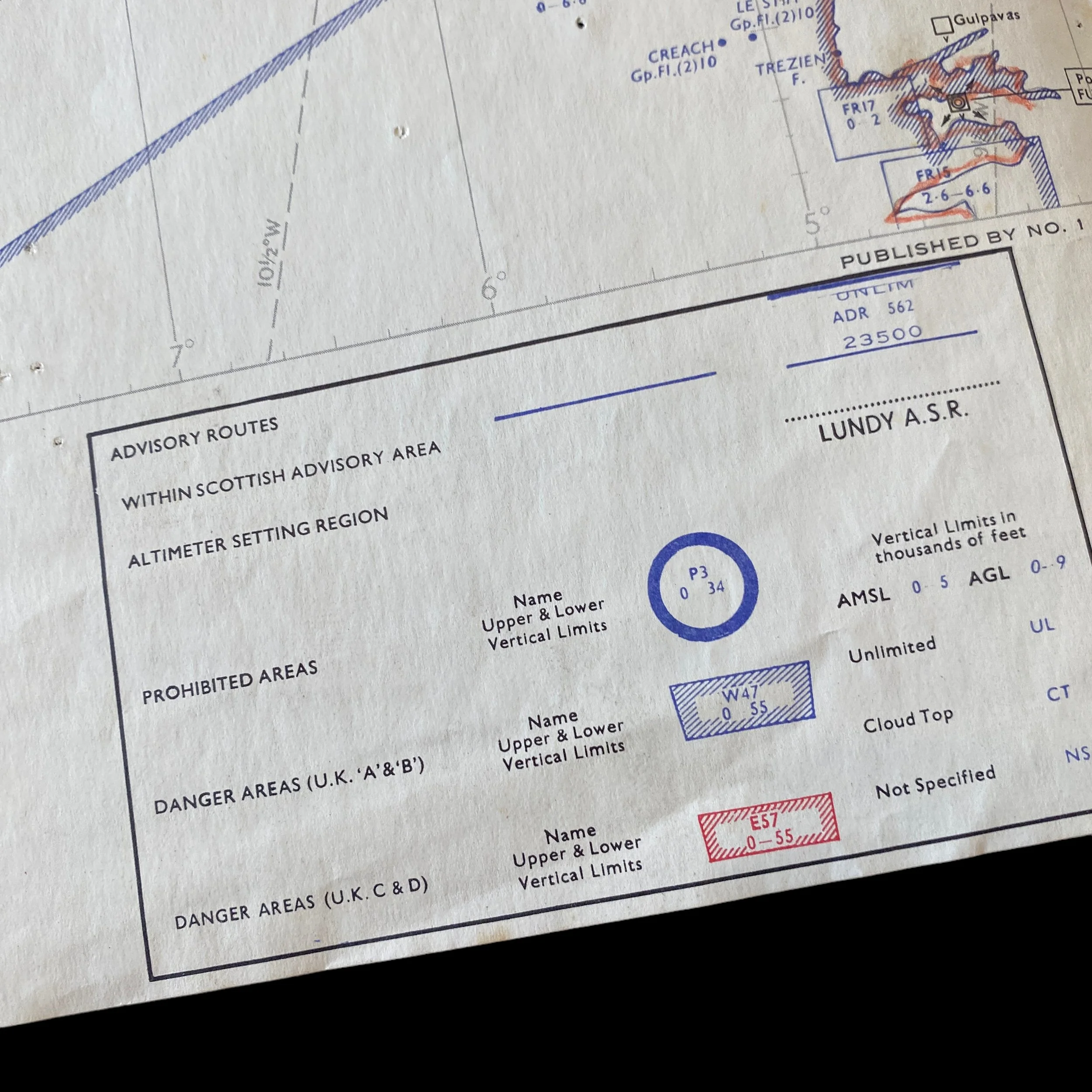







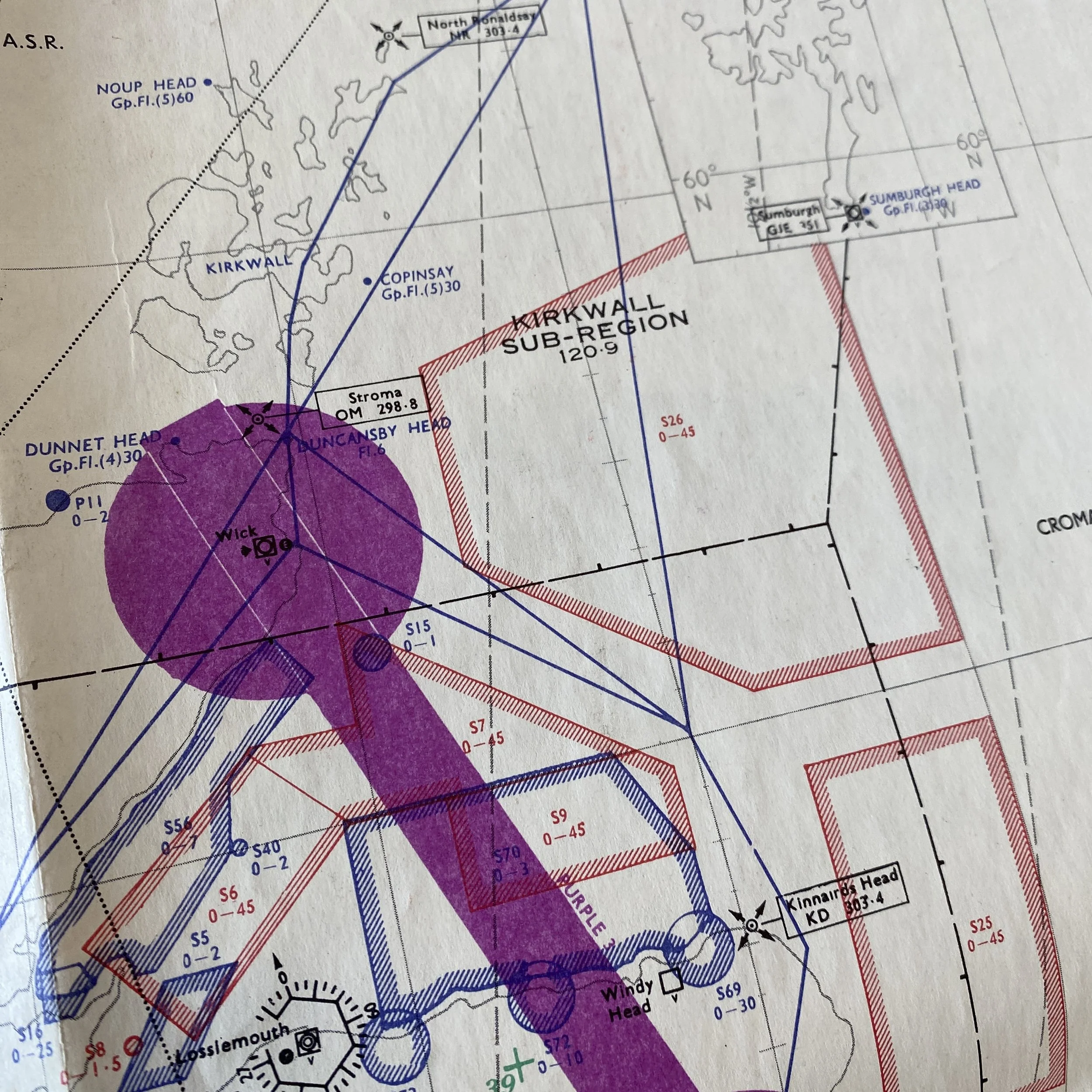
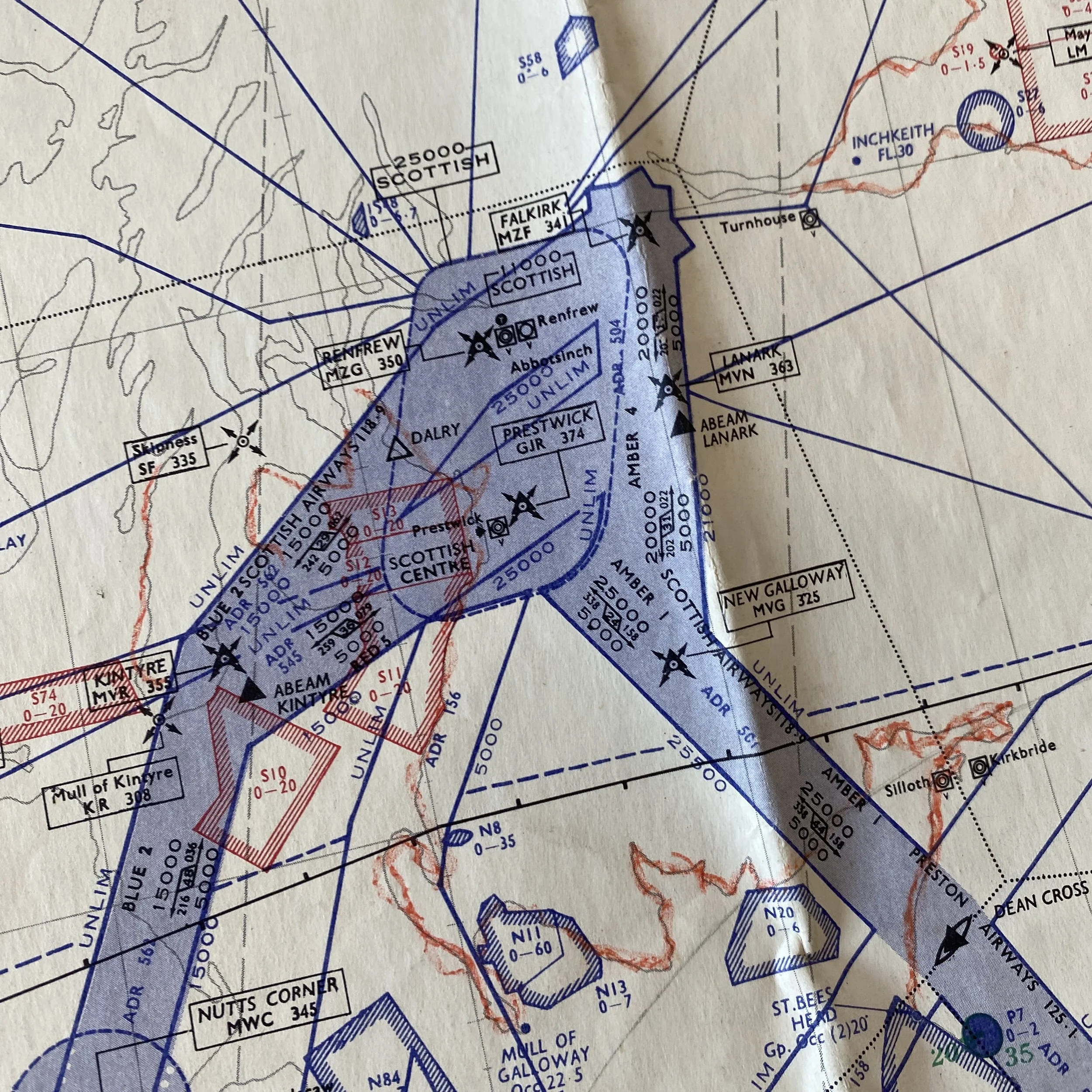
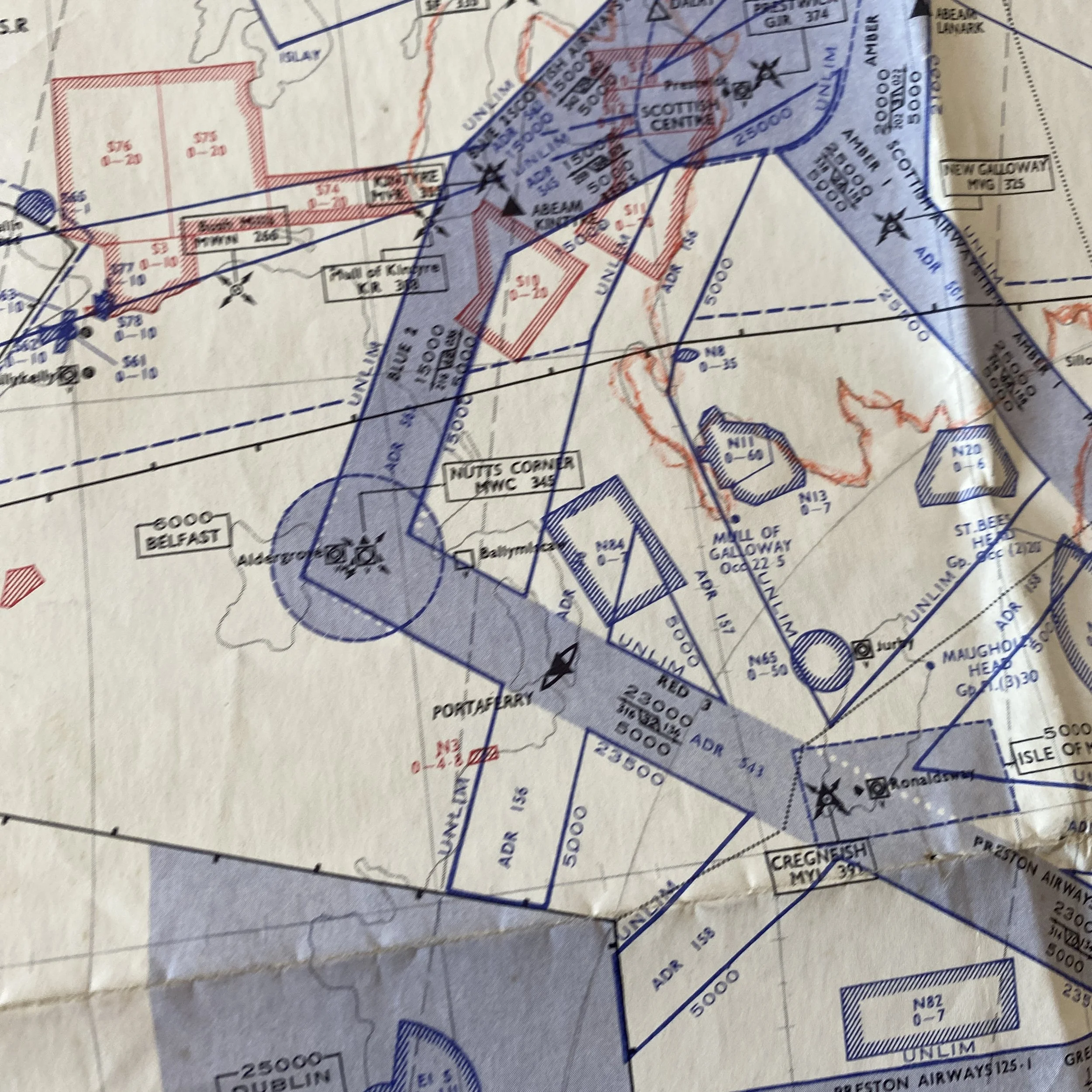
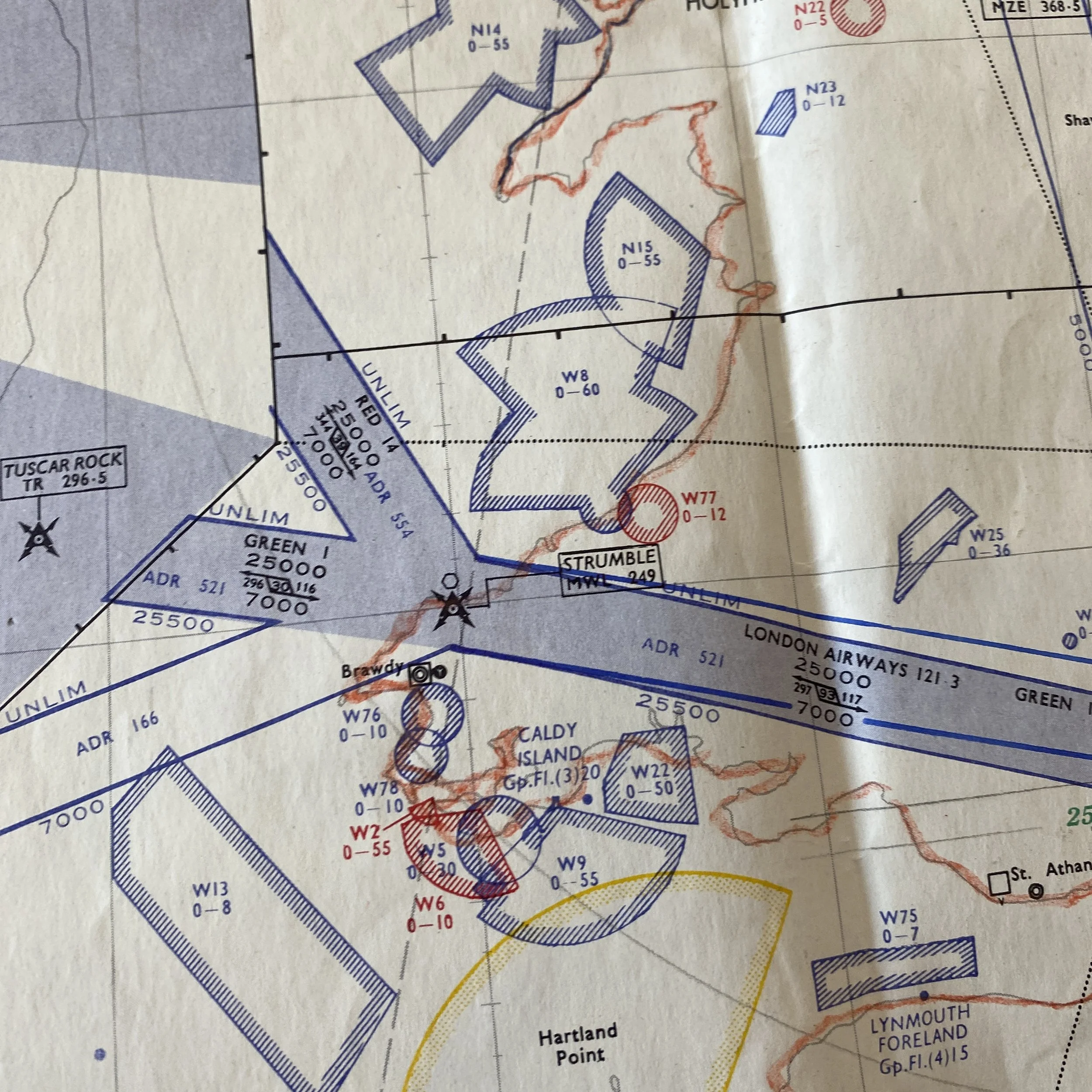
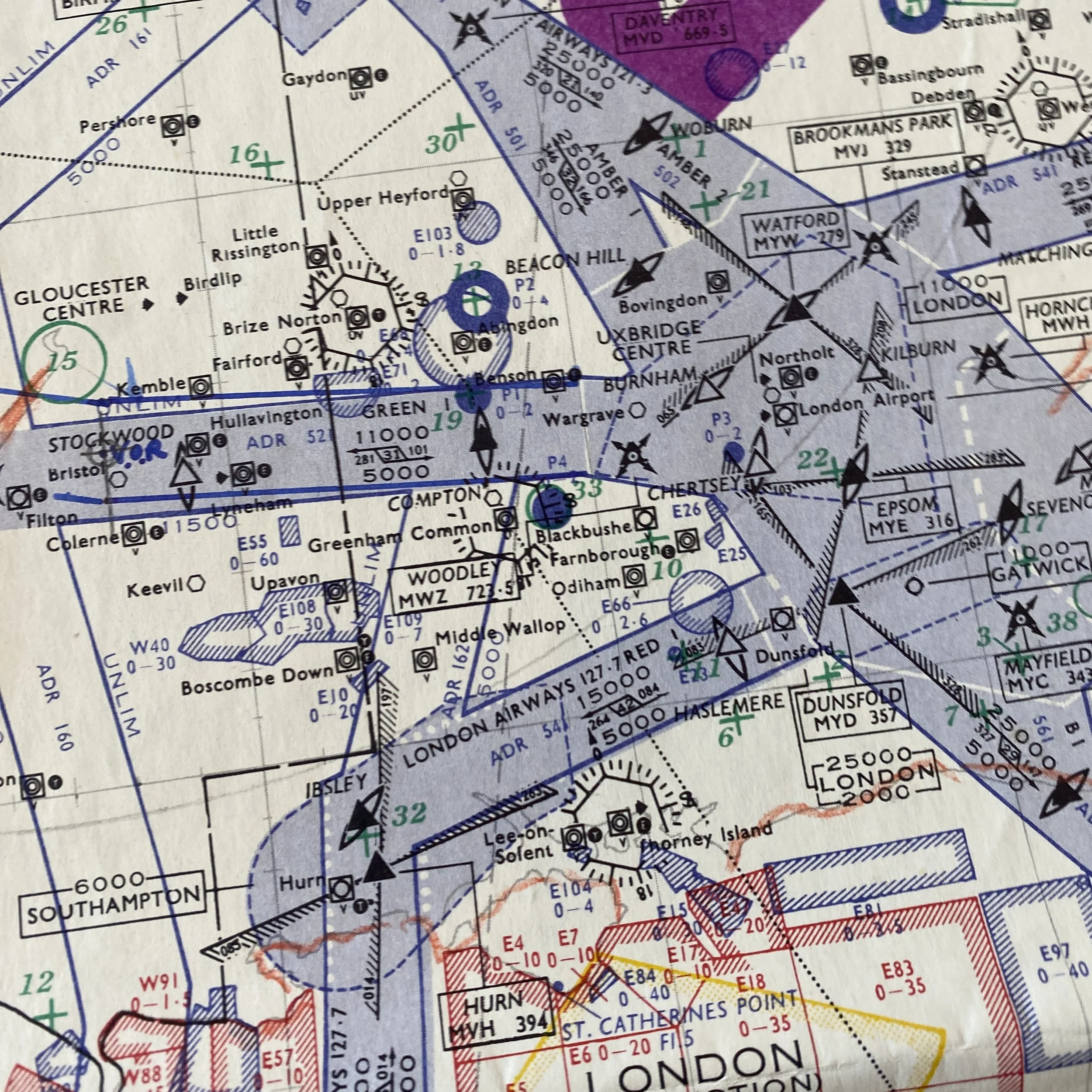
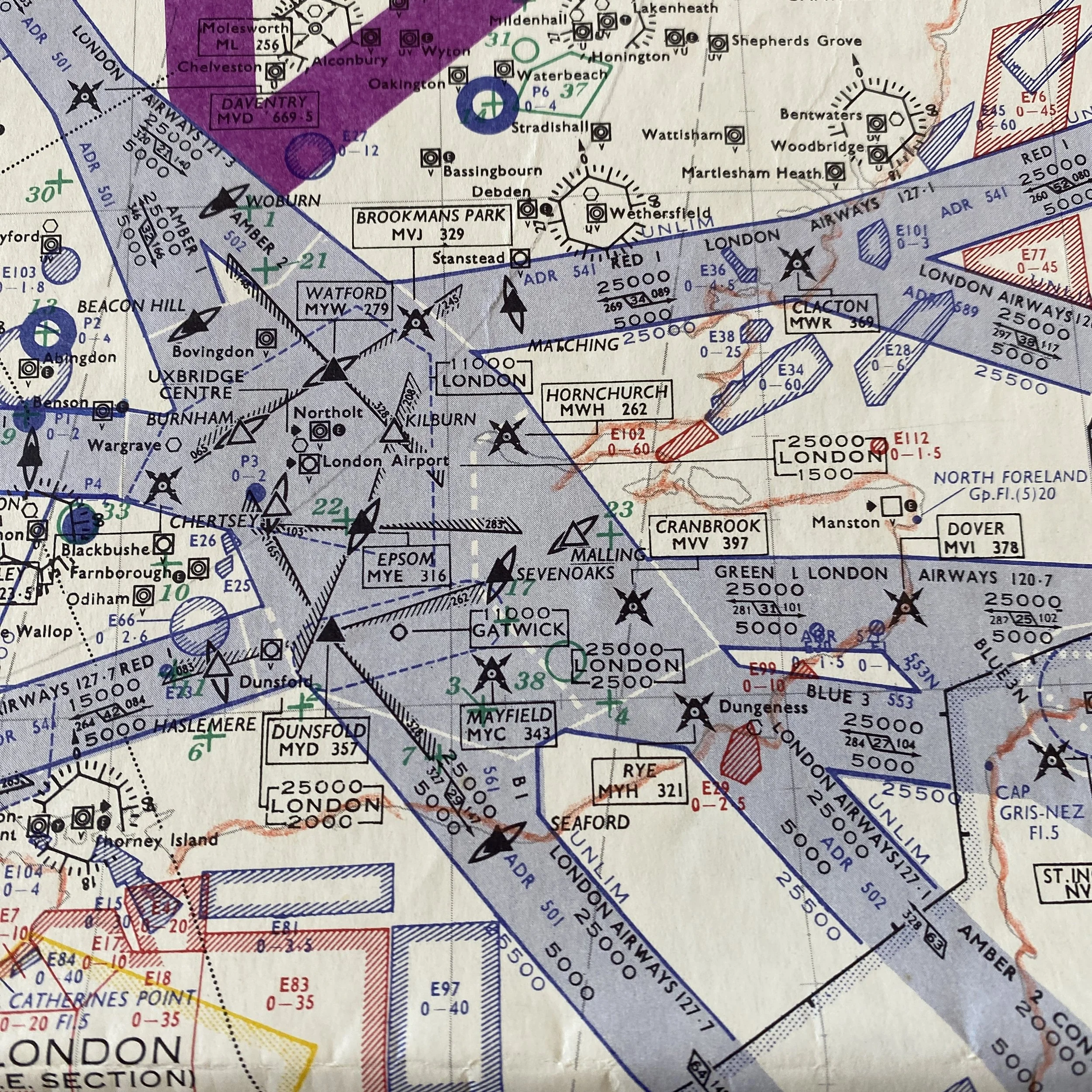
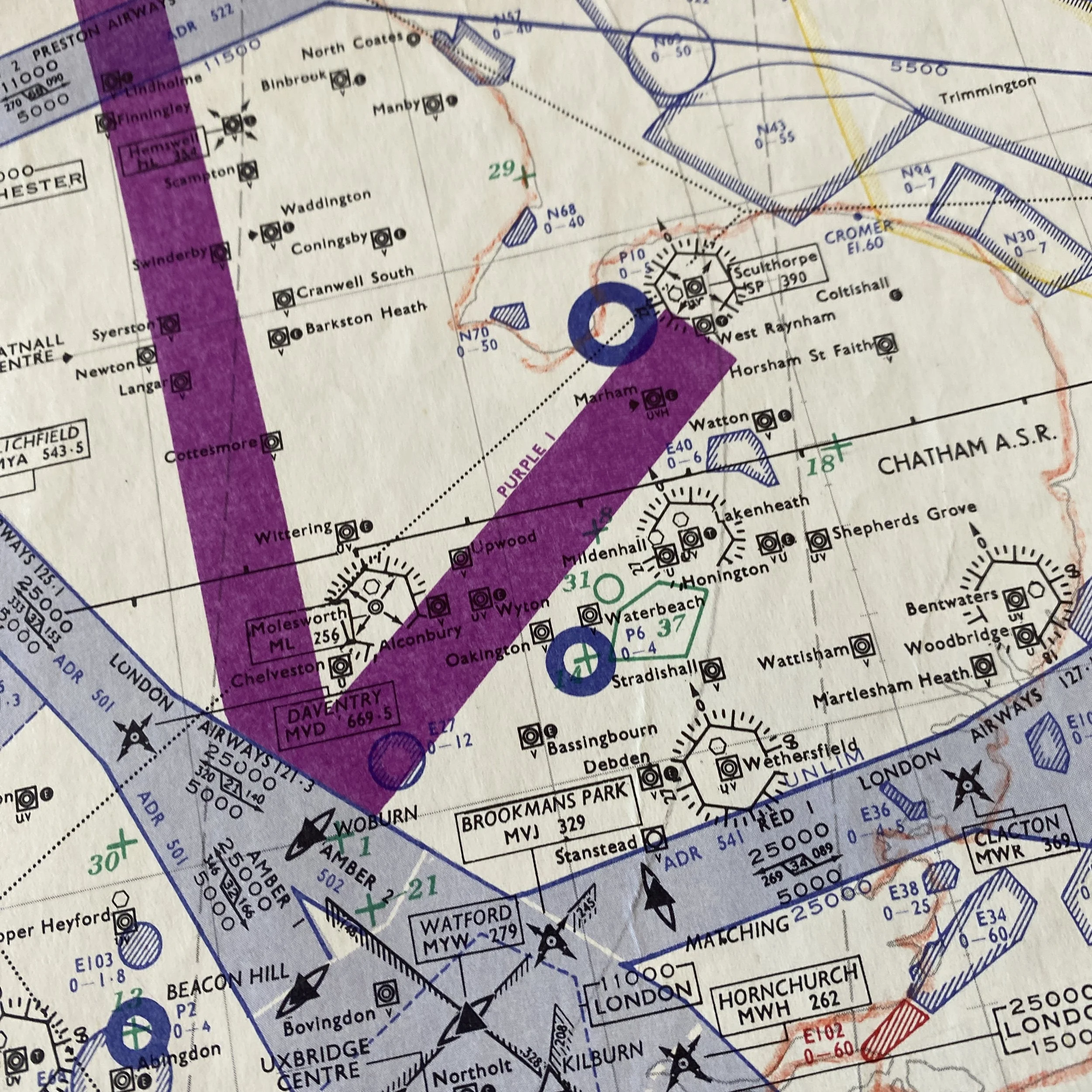
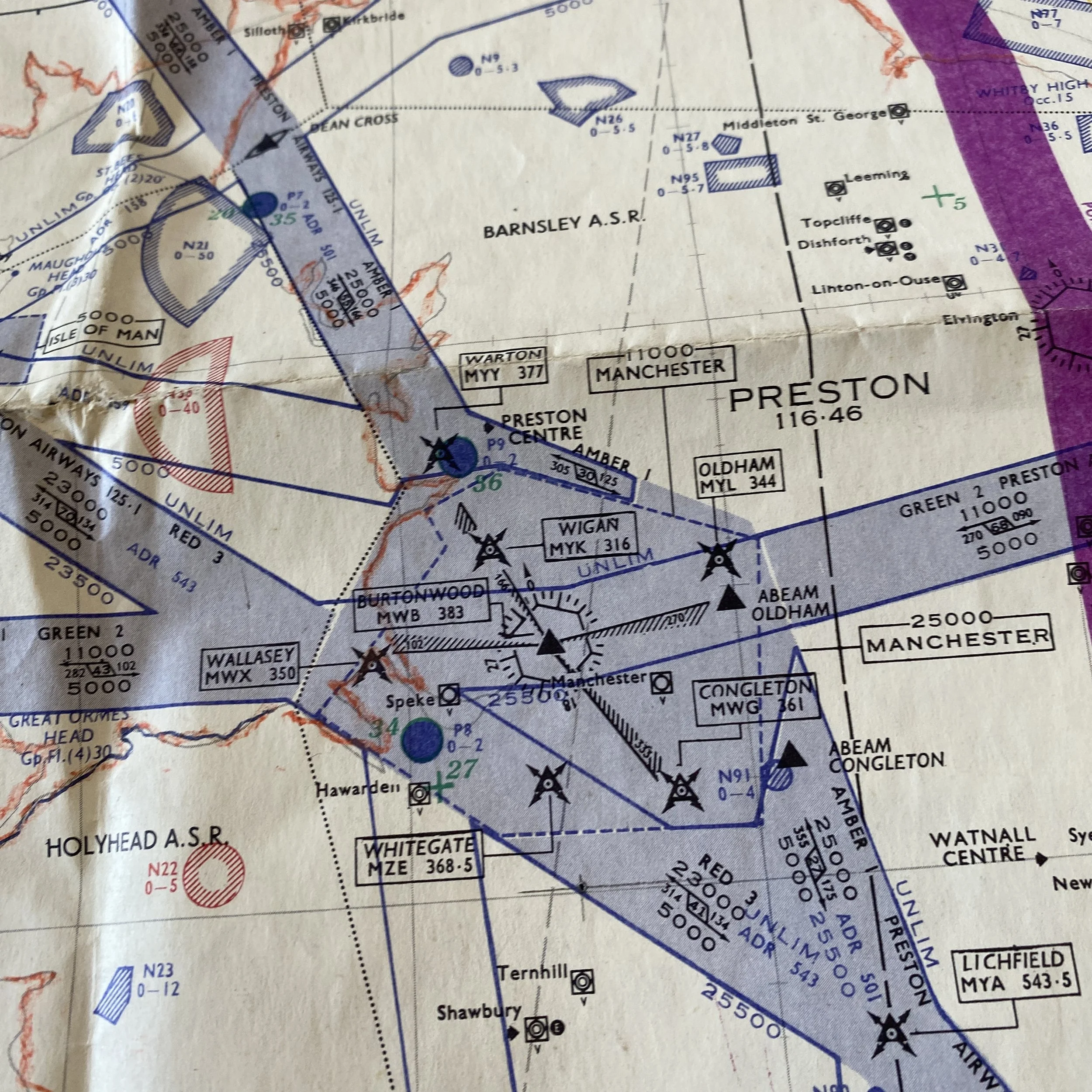
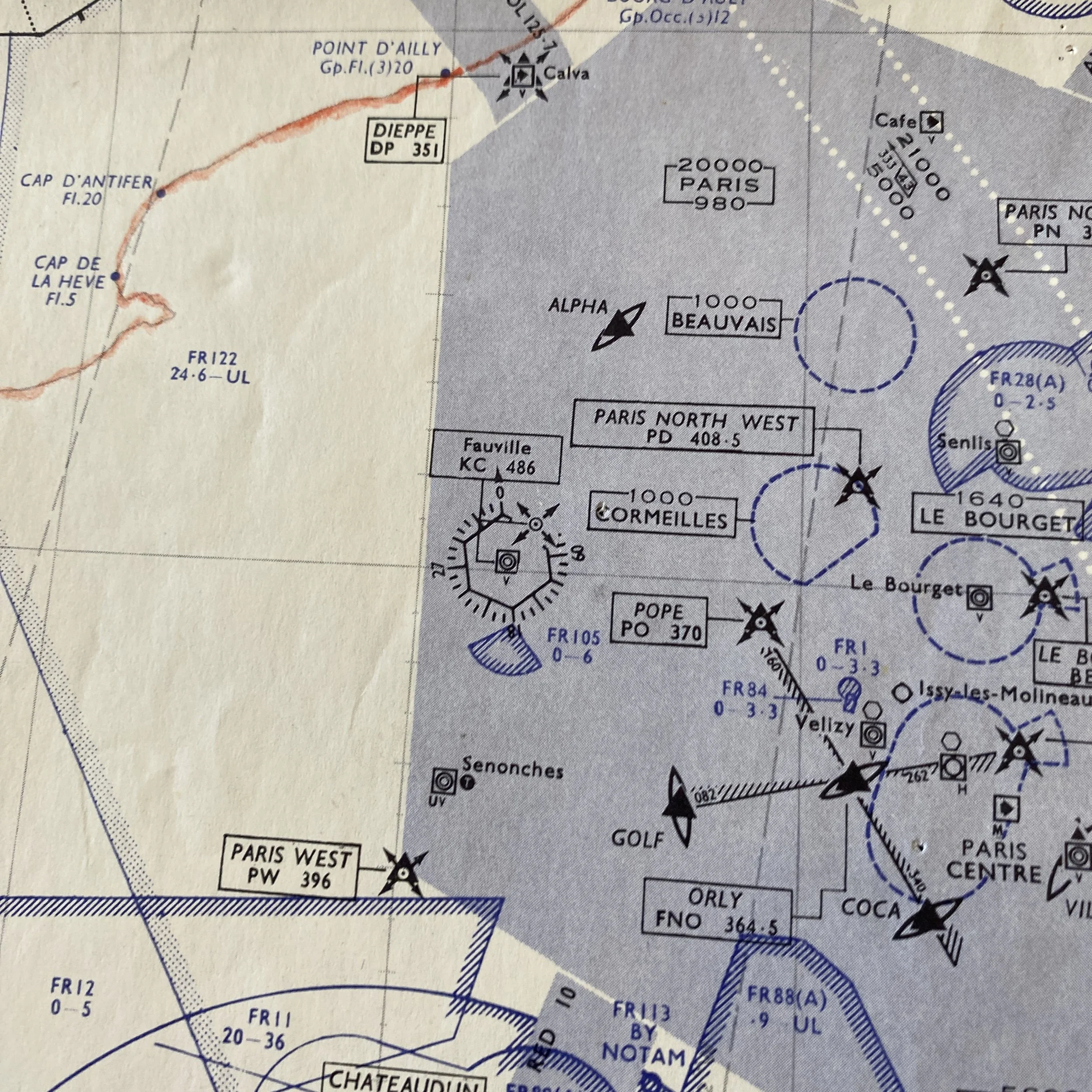

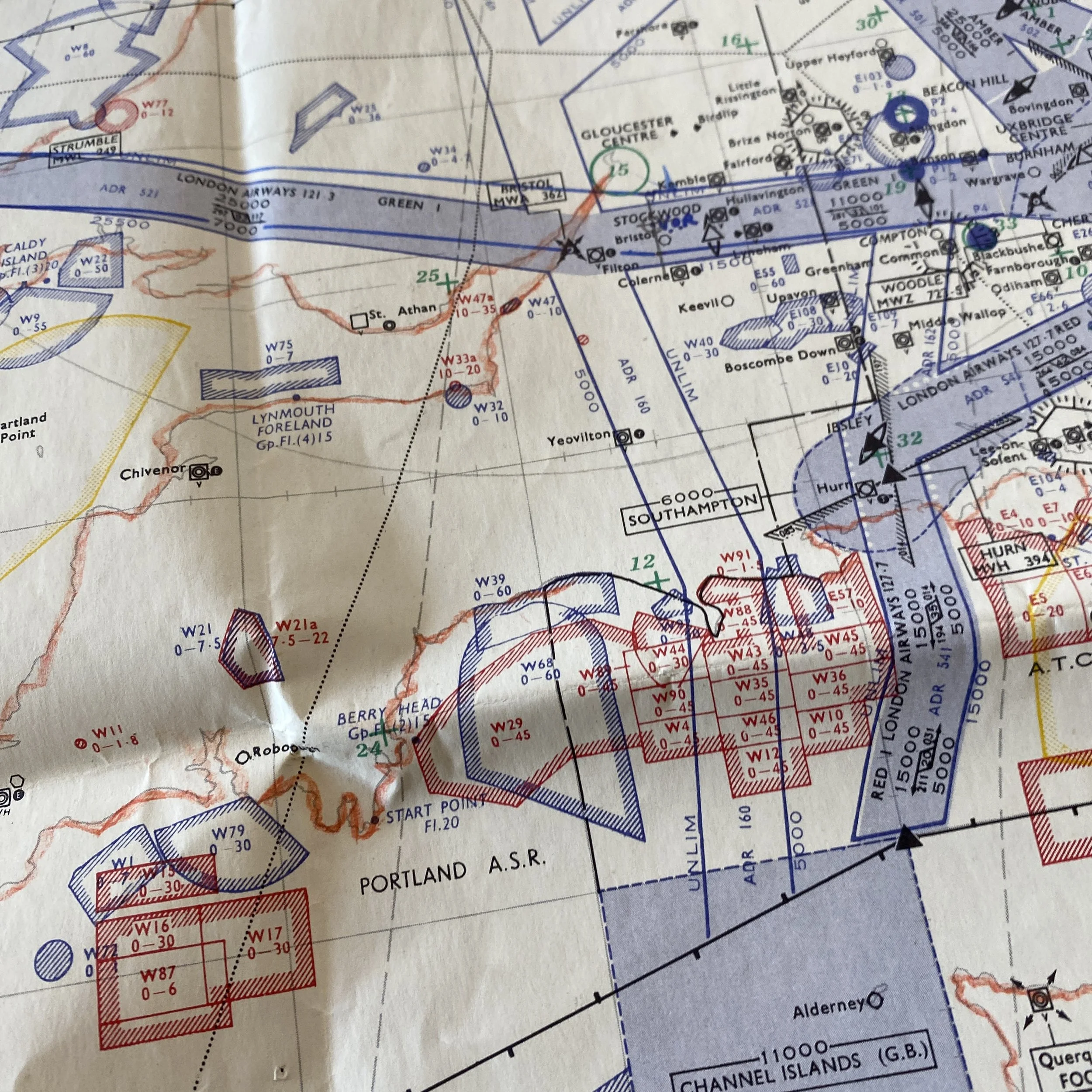
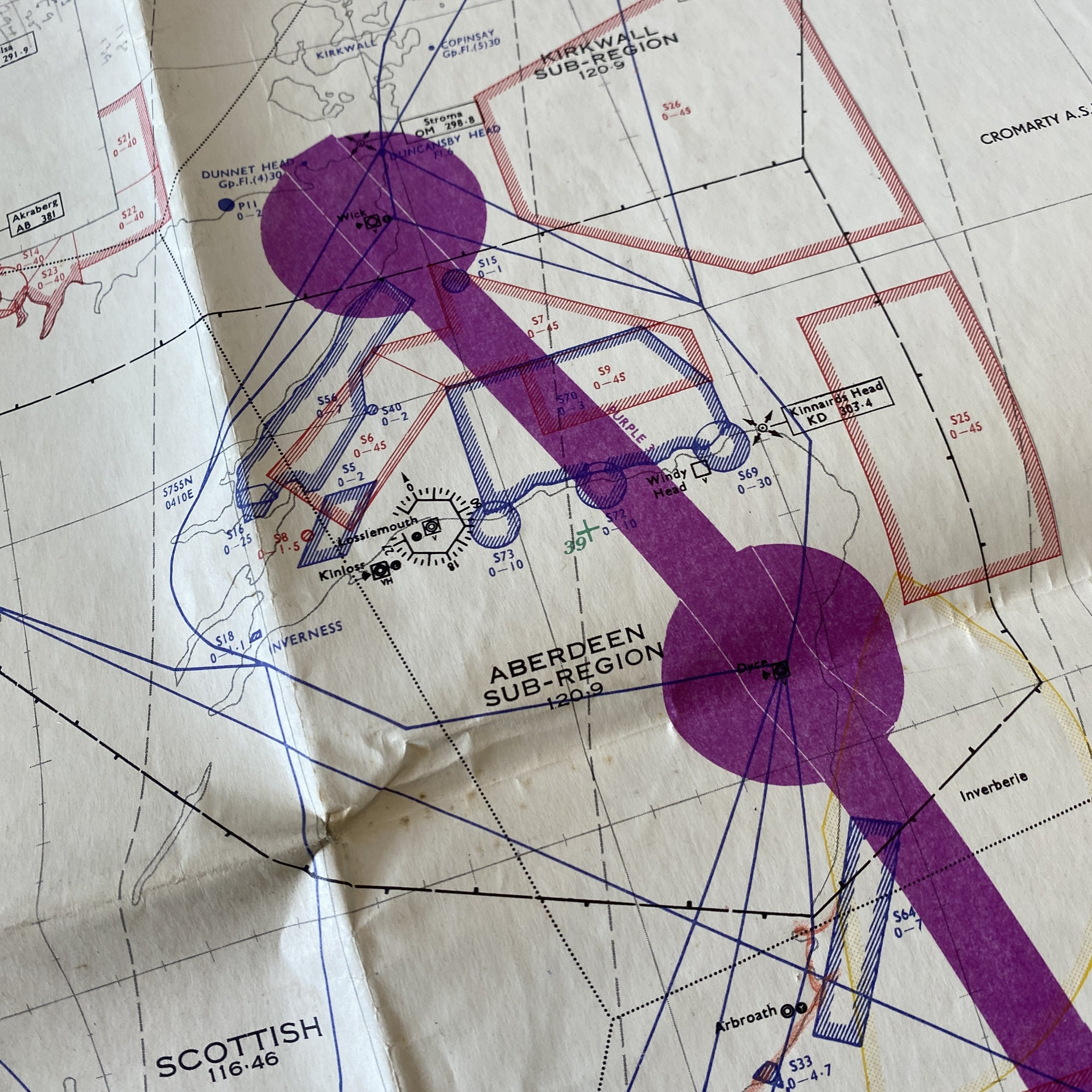
RARE! 1959 AIR TRAFFIC CONTROL CHART (United Kingdom, English Channel, & FRANCE)*
Comes with C.O.A.
This rare and original AIR TRAFFIC CONTROL CHART is a rare “SPECIAL EDITION” printed in January 1959. This air traffic control chart shows the air traffic for the entirety of the United Kingdom, the English Channel, and part of France.
Air traffic control (ATC) charts play a crucial role in the aviation industry, serving as indispensable tools for ensuring the safe and efficient movement of aircraft within controlled airspace and at airports. These charts provide pilots, air traffic controllers, and other aviation professionals with essential information that helps facilitate smooth and coordinated air traffic operations.
The Basics of Air Traffic Control Charts:
ATC charts, also known as aeronautical charts or navigation charts, are graphical representations of airspace, airports, and navigation aids. They are designed to provide pilots with vital information to assist in navigation, communication, and decision-making during a flight. There are various types of ATC charts, each serving a specific purpose, including en-route charts, terminal area charts, and airport charts.
En-route charts depict the airspace structure, airways, waypoints, and navigation aids that pilots use during the cruise phase of their flights. Terminal area charts focus on specific airports and the surrounding airspace, providing detailed information on procedures for arriving and departing aircraft. Airport charts offer a comprehensive layout of an airport's runways, taxiways, terminals, and other relevant details for ground operations.
Key Components of ATC Charts:
Navigation Aids:
ATC charts include information about ground-based and satellite navigation aids such as VOR (VHF Omni-directional Range), NDB (Non-Directional Beacon), and GPS waypoints. Pilots rely on these aids to navigate accurately along their routes.
Airspace Boundaries:
The charts clearly define the boundaries of different types of airspace, including controlled airspace, restricted airspace, and special-use airspace. This information is critical for pilots to comply with regulations and avoid unauthorized airspace.
Airways and Routes:
Airways are depicted on charts, outlining the established routes that aircraft follow during en-route portions of their journeys. This helps in maintaining orderly traffic flow and separation.
Communication Frequencies:
ATC charts provide communication frequencies for pilots to contact air traffic control units, ground services, and other relevant entities. Effective communication is essential for the coordination of air traffic.